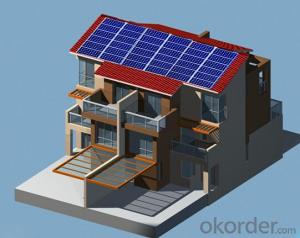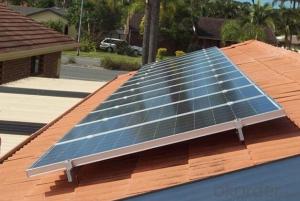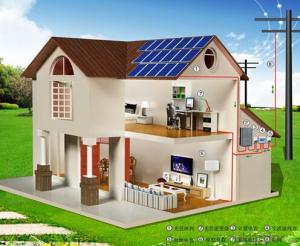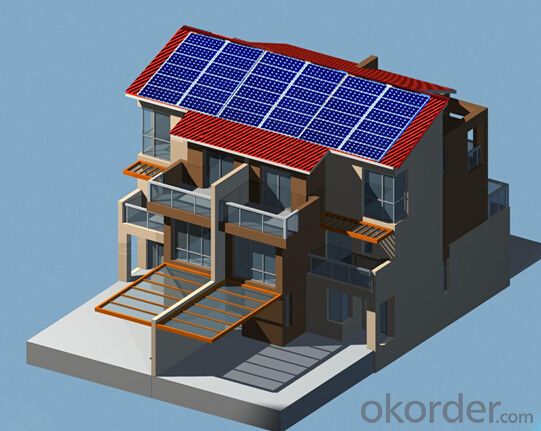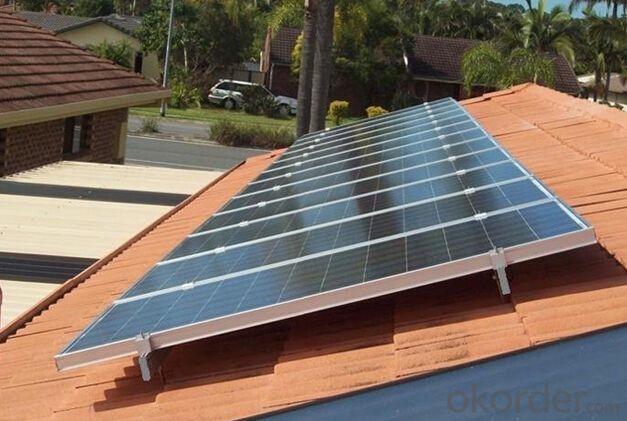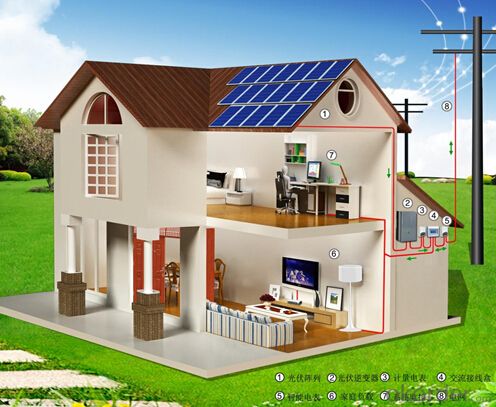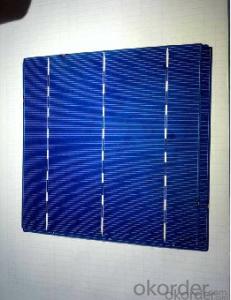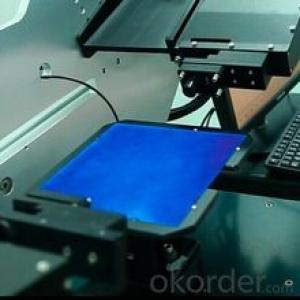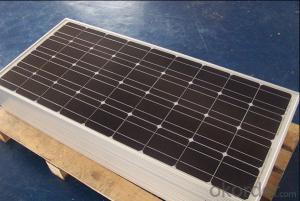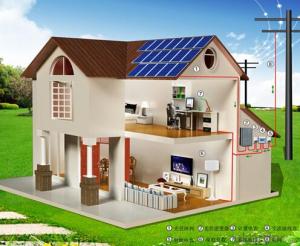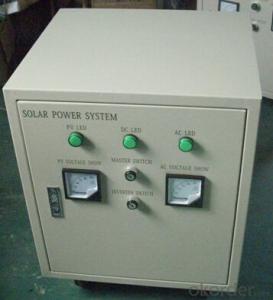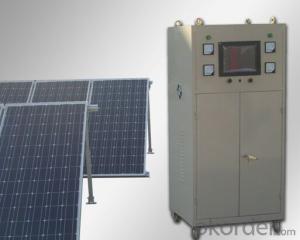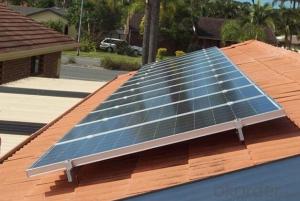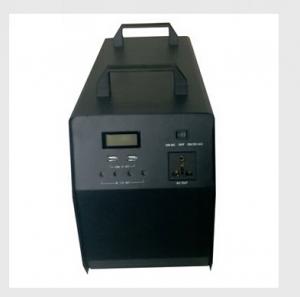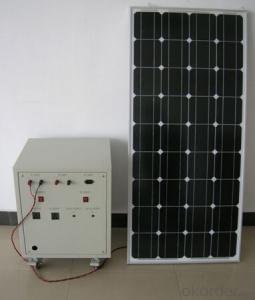Biomimicry Solar Cells CNBM Solar Roof Solar System 15000W Popular in Africa
- Loading Port:
- Shanghai
- Payment Terms:
- TT OR LC
- Min Order Qty:
- 1 PCS
- Supply Capability:
- 3000 PCS/month
OKorder Service Pledge
OKorder Financial Service
You Might Also Like
Introduction of Solar Home System
Solar Power Energy India is known in the market as the leading Solar Home Power System provider in all over India. Our Solar products are specially meant for areas where there is a scarcity of electricity. We always provide products which use best materials available in the industry. Our team always tests these products as per the international standards of quality to ensure high durability and long life span. Our clients are highly satisfied with the customized version of these products. These systems are also very easy to operate and install.
An array of Solar panels charges the battery through a Charge Controller. The energy stored in the battery is converted into AC energy through a Solar Inverter and is fed to the predetermined loads. Generally the battery backup is used during night time.
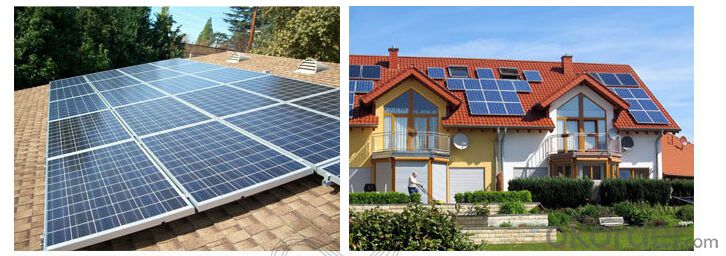


Working Principle of Solar Roof System
The stand alone Solar Home System is an off-grid solar system which uses batteries to store the solar energy. Stand alone solar system solutions design for those who are not able or willing to connect to electricity grid.
Specification of Solar Home System
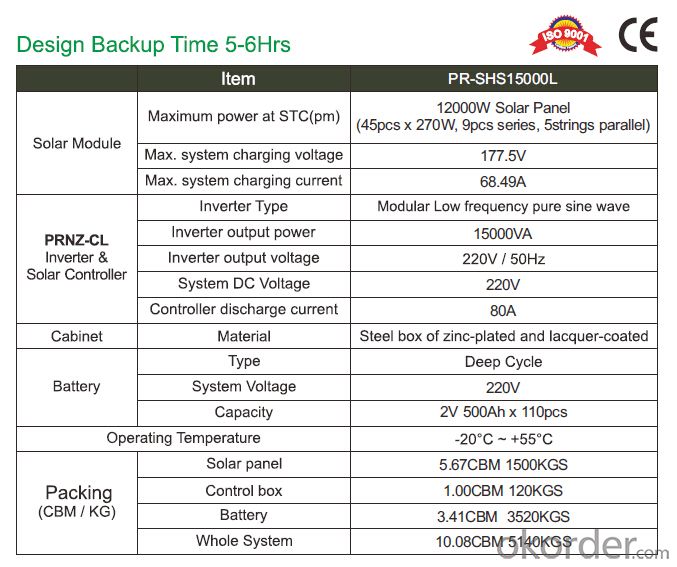
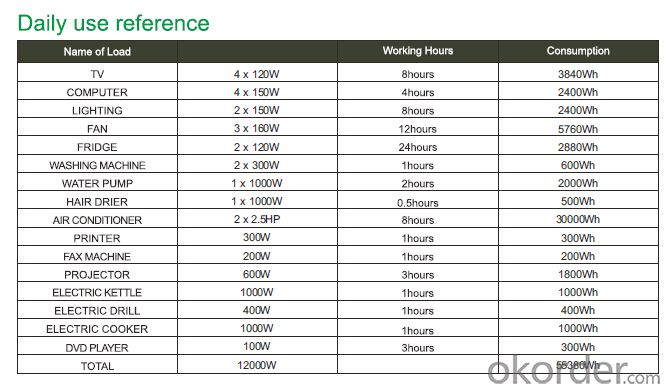
Product Features of Solar Home System
1. Off grid solar power system is mainly used for application with relatively-small power consumption, and the areas have no grid network coverage, or grid power is unstable or outage condition.
2. It’s composed of solar panels, hybrid solar inverter, battery bank, solar panel mounting racks, and other accessories required fora complete home solar power system.
3. The battery bank gives a stable power output to the solar inverter which converts DC to AC to power loads, and provides power backup in rainy or cloudy days.
4. The solar panels generate electricity at daytime and charge the battery bank.
5. The off grid home solar power system provides grid power bypass in case of battery power shortage when sunshine is not enough.
6. All the off grid home solar power system configurations are worked out by scientific calculation and design.
Advantage of Our Solar Home System
1 Excellent Performance: Our Solar Home System is composed by Brand Standard Kits with high quality. Our solar system has the advantage of high efficiency and stable operation. We can ensure our product with a long life period.
2. Small Orders Accepted: We can accept small orders as our customer’s trial order.
3. Warehouse: We have warehouse overseas which can bring great convenience to our customer to pick up the products.
Terms and Conditions
1. Trade terms: FOB Shanghai
2. Payment terms: 30% T/T, balanced before shipment/ LC at sight before shipment. Actual Terms can be negotiated for big order.
3. Package: Exported standard package suitable for tough handling and sea transport.
4. Delivery: Goods to be ready within 10~30 days depending on order quantity.
5. Warranty: 10 years for solar panel, 2 years for controller/inverter/battery.
FAQ
Q: Could you introduce the background of your company?
A: We are a Group corp. with 1GW capacity in China, which is Okorder’s registered VIP Supplier, possess Financial Service from Okorder.com.
Q: Required mainly certificates (CE&IEC/TUV/RoHS)?
A: Our products are certificated by CE RoHS, IEC, ISO, TUV, UL etc.
Q: Your main exported market is?
A: Main markets of our products is: South-east Asia, Mid-east, Arica, East Europe and Latin America.
- Q: How do solar cells perform in areas with frequent tornadoes?
- Solar cells can still perform efficiently in areas with frequent tornadoes as they are designed to withstand extreme weather conditions. However, the installation and mounting of solar panels in tornado-prone regions should be done with utmost care and consideration of local building codes to ensure their resilience against high winds. Additionally, regular maintenance and inspection of the solar panels may be required to address any potential damage caused by tornadoes.
- Q: How do solar cells handle electrical noise or interference?
- Solar cells do not handle electrical noise or interference. They convert sunlight directly into electricity and are not designed to address or mitigate electrical noise or interference.
- Q: Can solar cells be used to power electric fences?
- Yes, solar cells can be used to power electric fences. Solar cells convert sunlight into electricity, which can then be stored in batteries or used directly to power electric devices such as electric fences. This allows for a sustainable and reliable source of power, especially in remote areas where grid connection may not be feasible.
- Q: What is the cost of producing a solar cell?
- The cost of producing a solar cell can vary depending on various factors such as the type and size of the cell, manufacturing technology, materials used, and economies of scale. On average, the cost ranges from $0.15 to $0.40 per watt for the production of a standard crystalline silicon solar cell. However, with advancements in technology and increasing global demand, the cost has been steadily decreasing over the years.
- Q: How do solar cells affect the grid?
- Solar cells affect the grid by generating electricity from sunlight and feeding it into the grid. This has the potential to reduce the demand for electricity from traditional sources, lower carbon emissions, and contribute to a more sustainable and decentralized energy system. However, the intermittent nature of solar power can also pose challenges for grid stability and require the integration of energy storage and smart grid technologies.
- Q: How do solar cells perform in extreme weather conditions?
- Solar cells generally perform well in extreme weather conditions, but their efficiency can be affected to some extent. In extremely hot conditions, solar cells may experience a decrease in efficiency due to increased thermal losses and a decrease in voltage output. Similarly, in extremely cold conditions, solar cells may also experience reduced efficiency due to decreased sunlight absorption and increased resistance. However, modern solar cell technologies are designed to withstand a wide range of weather conditions and have protective coatings to ensure their durability. Overall, while extreme weather conditions can have some impact on solar cell performance, they still remain a viable and reliable source of renewable energy.
- Q: How long do solar cells last?
- Solar cells typically last for about 25 to 30 years. However, with proper maintenance and care, they can continue to function effectively for even longer periods of time.
- Q: What is the environmental impact of solar cell production?
- The environmental impact of solar cell production is relatively low compared to other forms of energy production. While the extraction and processing of raw materials required for solar cell production can have some environmental consequences, such as land disturbance and water pollution, the overall impact is minimal. Additionally, the use of solar energy reduces greenhouse gas emissions and dependence on fossil fuels, making it a sustainable and environmentally friendly option for energy generation.
- Q: What is the impact of solar cells on reducing energy inequality?
- Solar cells have a significant impact on reducing energy inequality by providing access to clean and affordable energy for communities that lack reliable electricity sources. Solar power eliminates the dependence on fossil fuels, which are often expensive and inaccessible for marginalized populations. By harnessing the sun's energy, solar cells offer a sustainable and renewable solution, empowering underserved regions and bridging the energy gap between developed and developing countries.
- Q: Can solar cells be used for powering electronics?
- Yes, solar cells can be used for powering electronics. Solar cells convert sunlight into electricity, which can then be used to power various electronic devices such as calculators, phones, laptops, and even larger systems like solar-powered homes or streetlights.
Send your message to us
Biomimicry Solar Cells CNBM Solar Roof Solar System 15000W Popular in Africa
- Loading Port:
- Shanghai
- Payment Terms:
- TT OR LC
- Min Order Qty:
- 1 PCS
- Supply Capability:
- 3000 PCS/month
OKorder Service Pledge
OKorder Financial Service
Similar products
Hot products
Hot Searches
Related keywords
